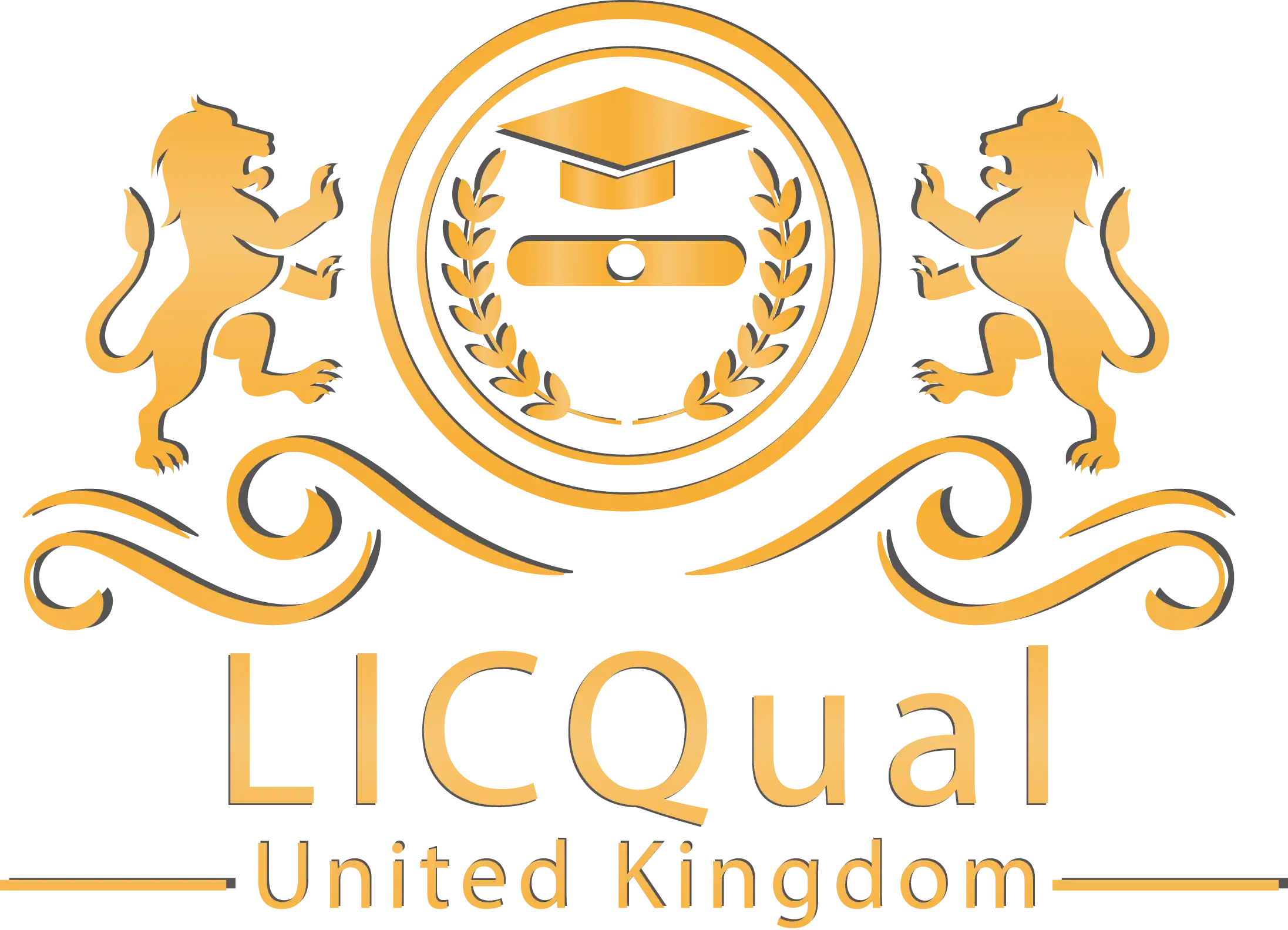Welcome to the LICQual Level 1 Certificate in Fundamentals of OCTAVE Security Risk Management Framework! This comprehensive and practical course is designed for individuals eager to build a solid foundation in security risk management. With the rise of cyber threats and data breaches, understanding the OCTAVE (Operationally Critical Threat, Asset, and Vulnerability Evaluation) Framework is more important than ever. This course will equip you with the essential skills to assess, identify, and mitigate risks in any organization, ensuring robust security protocols are in place.
Level 1 Certificate in OCTAVE Security Risk Management offers a unique blend of theory and hands-on learning, providing you with the tools to effectively assess and manage security risks. Whether you’re a beginner or looking to enhance your existing knowledge, this course covers the basics of security risk management, threat identification, and OCTAVE framework components.
The LICQual Level 1 Certificate in Fundamentals of OCTAVE Security Risk Management Framework offers 6 dynamic units that focus on the core principles of security risk management. You will explore the key concepts of OCTAVE, learn how to assess vulnerabilities, identify potential threats, and design effective security measures. This course covers a wide range of topics, from understanding the fundamentals of risk management to implementing the OCTAVE Framework in a practical, real-world setting.
This certificate is a great starting point for anyone looking to develop their expertise in risk management and security. You’ll gain hands-on experience in applying the OCTAVE framework, setting you up for success in a rapidly evolving field.
By the end of the course, you’ll be well-equipped to begin your journey in security risk management and be confident in utilizing OCTAVE to safeguard your organization’s critical assets. Take the first step towards becoming an expert in OCTAVE Security Risk Management today!
Course Overview
Qualification Title
LICQual Level 1 Certificate in Fundamentals of OCTAVE Security Risk Management Framework
Total Units
6
Total Credits
12
GLH
36
Qualification #
LICQ2200313
Qualification Specification
To enrol in the LICQual Level 1 Certificate in Fundamentals of OCTAVE Security Risk Management Framework, candidates must meet the following entry requirements:
- Educational Requirements: Applicants should have a basic understanding of security principles and risk management. While no formal qualifications are required to enroll in the Level 1 Certificate, it is recommended that candidates possess a minimum of a high school diploma or equivalent. A foundational understanding of IT systems, cybersecurity, or risk management will be beneficial but is not mandatory.
- Experience:This course is designed for individuals who are new to the field of security risk management. Prior experience in risk management, IT, or cybersecurity is not necessary for enrollment, making it an ideal starting point for anyone interested in entering the field. However, any practical or professional experience in a security-related role may enhance your learning experience and provide additional context to the course materials.
- English Language Proficiency: Since the course is conducted in English, candidates should have a basic level of English proficiency to comprehend the course content and participate in discussions and assessments. It is recommended that applicants have at least a CEFR Level B1 in English (Intermediate level) to ensure they can understand course materials, complete assignments, and engage in course activities effectively.
- Age Requirement: Candidates must be at least 18 years of age at the time of enrolment.
|
Qualification# |
Unit Title |
Credits |
GLH |
|---|---|---|---|
|
LICQ2200313-1 |
Introduction to Advanced OCTAVE Framework |
2 |
6 |
|
LICQ2200313-2 |
Risk Assessment Tools and Techniques |
2 |
6 |
|
LICQ2200313-3 |
Design of Security Controls |
2 |
6 |
|
LICQ2200313-4 |
Threat and Vulnerability Analysis |
2 |
6 |
|
LICQ2200313-5 |
Strategies for Risk Mitigation |
2 |
6 |
|
LICQ2200313-6 |
OCTAVE Implementation and Monitoring |
2 |
6 |
By the end of this course, learners will be able to:
Introduction to the OCTAVE Framework
- Understand the purpose and significance of the OCTAVE Framework in managing security risks.
- Explain the key concepts, methodology, and structure of the OCTAVE Framework.
- Demonstrate how the OCTAVE Framework is applied to assess and manage organizational risks.
Basic Risk Management Concepts
- Identify and explain fundamental risk management terminology, principles, and concepts.
- Understand the relationship between assets, threats, vulnerabilities, and risk.
- Recognize the importance of establishing a risk management culture within an organization.
Risk Assessment Principles and Process
- Outline the key stages of the risk assessment process.
- Demonstrate an understanding of qualitative and quantitative risk assessment methods.
- Apply the principles of risk assessment to real-world security scenarios.
Risk Identification and Classification
- Identify potential risks and threats within an organization’s systems and operations.
- Classify risks based on their severity, likelihood, and impact.
- Develop an understanding of how risk identification supports decision-making in risk management.
OCTAVE Framework Components
- Recognize and explain the core components of the OCTAVE Framework.
- Understand how each component (such as assets, threats, vulnerabilities, and risk scenarios) contributes to the overall risk assessment process.
- Demonstrate how the OCTAVE Framework can be used to evaluate critical assets and associated risks.
Overview of Risk Treatment Strategies
- Understand the different risk treatment strategies: avoidance, mitigation, transfer, and acceptance.
- Evaluate the appropriate risk treatment options based on the severity and likelihood of identified risks.
- Identify how to integrate risk treatment strategies within an organization’s overall risk management framework.
This diploma is ideal for:
- Individuals interested in starting a career in security risk management or cybersecurity.
- Professionals seeking to build a foundational understanding of the OCTAVE Framework for risk assessment and management.
- Beginners with no prior experience in security risk management who want to develop key skills in risk identification, assessment, and treatment.
- IT professionals and managers looking to enhance their knowledge of security risk management to protect their organization’s critical assets.
- Anyone involved in organizational risk management, from small businesses to larger enterprises, who wants to understand the OCTAVE methodology.
- Individuals aiming to strengthen their qualifications in cybersecurity and risk management, making them more competitive in the job market.
- Those who want to gain a structured understanding of security risk management principles in a practical, easy-to-understand format.
Assessment and Verification
All units within this qualification are subject to internal assessment by the approved centre and external verification by LICQual. The qualification follows a criterion-referenced assessment approach, ensuring that learners meet all specified learning outcomes.
To achieve a ‘Pass’ in any unit, learners must provide valid, sufficient, and authentic evidence demonstrating their attainment of all learning outcomes and compliance with the prescribed assessment criteria. The Assessor is responsible for evaluating the evidence and determining whether the learner has successfully met the required standards.
Assessors must maintain a clear and comprehensive audit trail, documenting the basis for their assessment decisions to ensure transparency, consistency, and compliance with quality assurance requirements.

